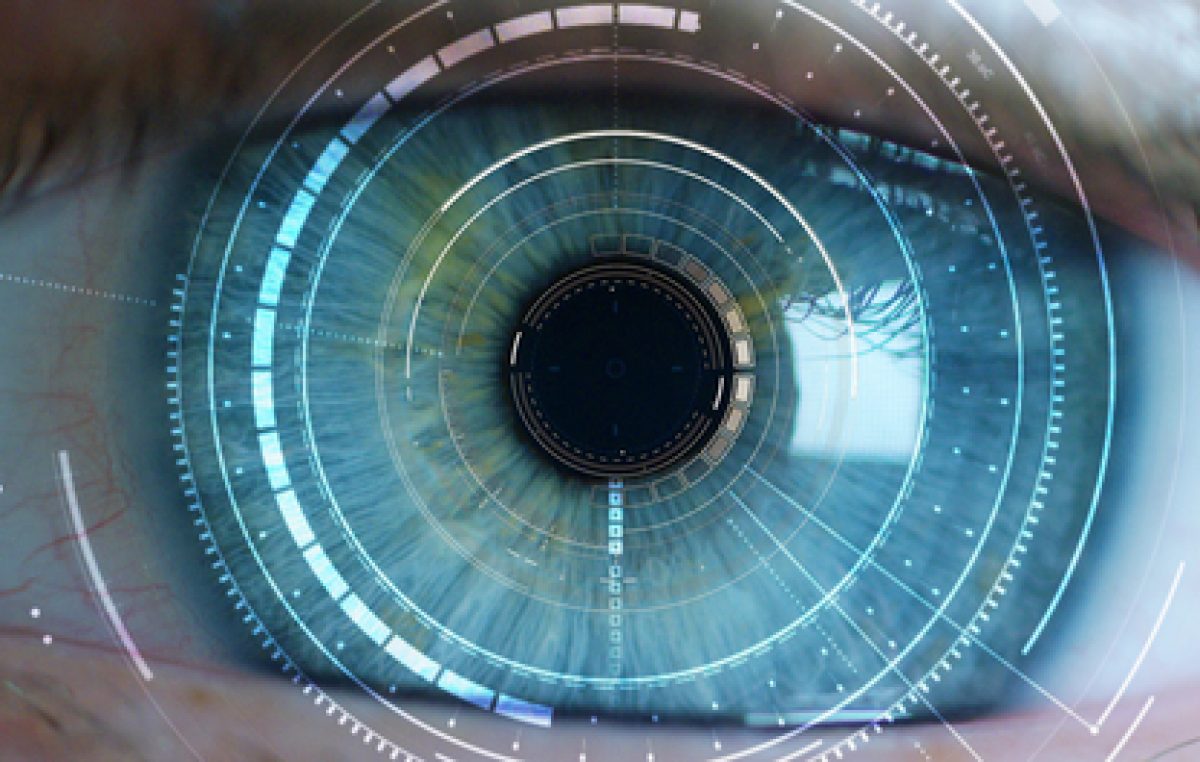 Brandon Turbeville
Brandon Turbeville
Natural Blaze

Other similar experiments have taken place in recent years with one such study at the UCL Institute of Opthalmology in London demonstrating the possibility of being able to create tiny nanoparticles filled with the AMD (age-related macular degeneration) drug Avastin. The eye-drops could be safely used in patients in a less dangerous fashion that injecting the drugs into the eyes which is obviously also more uncomfortable.
In another experiment at the National Taiwan Ocean University, researchers developed “carbon quantum dots covered with spermidine to treat bacterial infections in the eyes. These quantum dots may have potential to be used in eye-drop form to fight antibiotic-resistant bacteria that cause Keratitis.
Get a nifty FREE eBook – Like at Facebook, Twitter and Instagram. Can republish but MUST include author name + link back at the TOP, links and bio intact. Must include this message! Image Source

Brandon Turbeville – article archive here – is an author out of Florence, South Carolina. He is the author of six books, Codex Alimentarius — The End of Health Freedom, 7 Real Conspiracies,Five Sense Solutions and Dispatches From a Dissident, volume 1 and volume 2, The Road to Damascus: The Anglo-American Assault on Syria,and The Difference it Makes: 36 Reasons Why Hillary Clinton Should Never Be President. Turbeville has published over 1,000 articles dealing on a wide variety of subjects including health, economics, government corruption, and civil liberties. Brandon Turbeville’s podcast Truth on The Tracks can be found every Monday night 9 pm EST at UCYTV. He is available for radio and TV interviews. Please contact activistpost (at) gmail.com.
March 9, 2018
A new development coming from scientists based in Israel is hinting at the possibility of eliminating the need for eyeglasses in the future. The patented “nanodrops” have already been tested on pigs with positive results and tests on humans are to begin soon.
The drops essentially repair corneas and improve both short and long sightedness.
As the Interesting Engineering website writes,
A new development coming from scientists based in Israel is hinting at the possibility of eliminating the need for eyeglasses in the future. The patented “nanodrops” have already been tested on pigs with positive results and tests on humans are to begin soon.
The drops essentially repair corneas and improve both short and long sightedness.
As the Interesting Engineering website writes,
According to Dr. David Smadja, leader of the research team, the eye-drops could revolutionize ophthalmological and optometry treatments of patients suffering from myopia, hyperopia and other refractory conditions.
The revolutionary breakthrough was revealed by Dr. Smadja on Wednesday at Shaare Zedek’s second biennial research day, which was held at Steinberg Auditorium in Jerusalem. He said that nanodrops could even be used to replace multifocal lenses and allow people to see object from different distances.
“This is a new concept for correcting refractory problems,” Smadja said. He, however, did not mention how often the drops will require being applied to replace eyeglasses completely.
According to the research abstract, the experiment led by Dr. Smadja and his colleagues involved analyzing refractive errors of pig eyes before and after instillation of nano drops filled with various concentration of synthetic nanoparticles. The results showed significant improvement in error correction for both myopic (near-sightedness) and hyperopic (far-sightedness) refractive error.
If the results in humans are successful, prospective patients will simply require a smartphone app to scan the eyes, measure their refraction, create a laser pattern and then “laser corneal stamping” of an optical pattern onto the corneal surface of their eyes.
The research from Smadja was one of the two chosen works by an impartial team of judges from 160 pieces of research carried out by Shaare Zedek physicians and nurses over the last two years. The hospital staff publishes around 330 articles every year in different medical and science journals through the Shaare Zedek Mada’it (Scientific), a research and development company established for hospital researchers.

Other similar experiments have taken place in recent years with one such study at the UCL Institute of Opthalmology in London demonstrating the possibility of being able to create tiny nanoparticles filled with the AMD (age-related macular degeneration) drug Avastin. The eye-drops could be safely used in patients in a less dangerous fashion that injecting the drugs into the eyes which is obviously also more uncomfortable.
In another experiment at the National Taiwan Ocean University, researchers developed “carbon quantum dots covered with spermidine to treat bacterial infections in the eyes. These quantum dots may have potential to be used in eye-drop form to fight antibiotic-resistant bacteria that cause Keratitis.
Get a nifty FREE eBook – Like at Facebook, Twitter and Instagram. Can republish but MUST include author name + link back at the TOP, links and bio intact. Must include this message! Image Source

Brandon Turbeville – article archive here – is an author out of Florence, South Carolina. He is the author of six books, Codex Alimentarius — The End of Health Freedom, 7 Real Conspiracies,Five Sense Solutions and Dispatches From a Dissident, volume 1 and volume 2, The Road to Damascus: The Anglo-American Assault on Syria,and The Difference it Makes: 36 Reasons Why Hillary Clinton Should Never Be President. Turbeville has published over 1,000 articles dealing on a wide variety of subjects including health, economics, government corruption, and civil liberties. Brandon Turbeville’s podcast Truth on The Tracks can be found every Monday night 9 pm EST at UCYTV. He is available for radio and TV interviews. Please contact activistpost (at) gmail.com.
No comments:
Post a Comment
Note: Only a member of this blog may post a comment.